Last Updated on October 22, 2025 by Michelle
I’ve been fermenting foods (and my favorite drink!) for a while, but this week I’m fermenting one of my all-time favorites–I’m fermenting peppers this week!
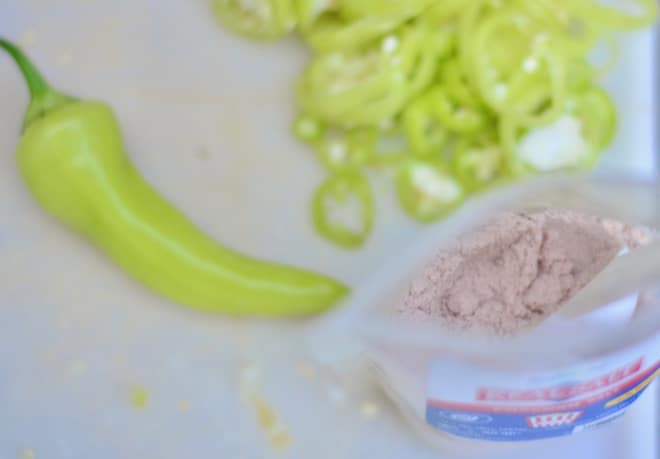
Fermenting Peppers
Every summer I’m kinda obsessed with fresh food from the garden. While I eat it till it’s “coming out of my ears,” as my momma would say, I have a lot to preserve too. There’s nothing better than enjoying the delicious produce of summer all winter long.
So every summer I tend to have something either fermenting on the kitchen counter or filling up the dehydrator.
Today we’re talking all things Fermenting Peppers. In fact, everything you need to know to do this right is all here. Just scroll down, read, and dive in. Oh, and be sure to pin this recipe for later, because I’m pretty sure you’ll love these delicious, salty fermented peppers and want to make them again and again.
Which peppers are good for fermenting?
I’m using Banana Sweet Peppers this week, but truly any pepper can be fermented. The sky–and your taste buds–are the limit.
I choose this pepper for a few reasons.
- It’s a pleasing, subtle pepper taste before fermenting, so after fermenting the taste is amped to just the right punch.
- I love growing these peppers. The New England growing season is just not long enough for a typical pepper to prosper here. At least in my experience. I have tried every single summer in the 6 summers we have lived on our New England homestead to grow peppers. I have failed every single year. Until now. Until I discovered these amazing, wonderfully producing, delicious peppers.
- These peppers are easy to grow, and they’re prolific once they get started, with just 6 small plants providing way more peppers than we could ever eat fresh. So fermenting is the most logical choice for me.
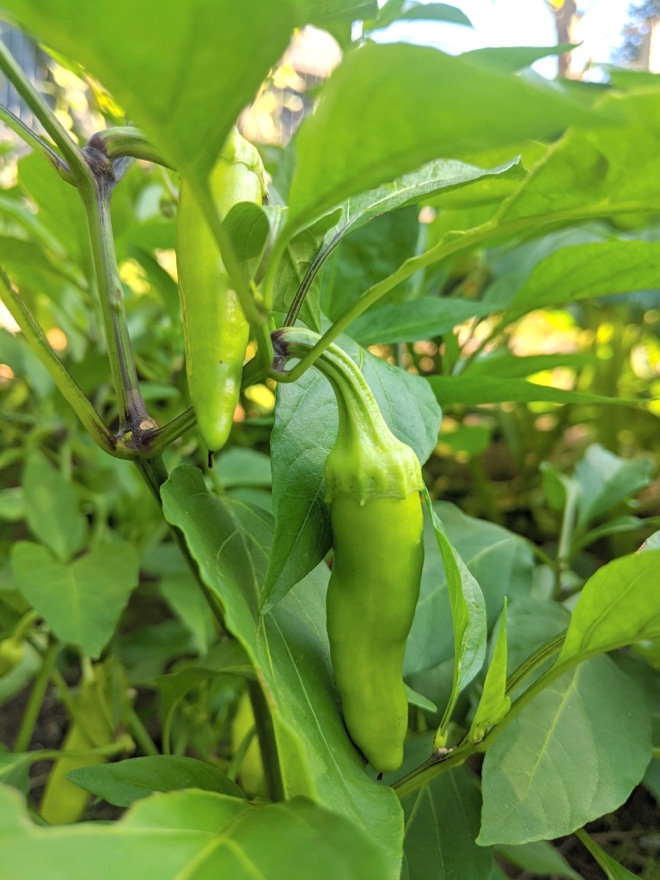
How long does it take for peppers to ferment?
This isn’t a set answer. There are variables, such as the temperature of the room and your preferences. In fact, if you read a recipe that gives a very set answer, look for another recipe. With all ferments the timing is totally up to you and I always recommend you base it on your own taste buds and preference.
After just a few days you’ll notice the brine is cloudy and the color of your peppers has dulled. At that point, go ahead an taste it. Taste it often and when it’s the way you like it move your ferment to the fridge, where the cold temps will slow it down dramatically.
What percent brine for fermented peppers?
There is definitely some leeway here, but I’ve found the sweet spot to be a 3% brine for peppers. If you want to experiment with a saltier ferment go for it, but I wouldn’t use less than 3 TB of salt in every quart of water when fermenting peppers, they have a little more tendency toward mold than any other veggies I ferment.
Why are my fermented peppers mushy?
You may find that any peppers that aren’t fully submerged in the brine are mushy. To avoid this, just use a good ferment kit and add a large piece of lettuce, cabbage, or kale if needed, under the weight or spring, to keep all the peppers in the brine where they should be instead of floating on top.
How can you use fermented peppers?
Again, the sky–and your taste buds–are the limit to how you can use your fermented peppers. Here are just a few ideas:
- On a tossed salad
- In any chicken meal (our family favorite is Kung Pao with fermented peppers)
- Added to salsa, for a fermented “kick”
- Added into a bean salad
- Grilled with onions and sausage for a delicious sandwich
- In a taco salad
- On an Italian Sub
- Mixed into scrambled eggs
- On any sandwich
Why eat fermented foods?
Why did I add fermenting to our family diet? As my momma would’ve said, I could talk your ear off on this topic. In fact, I have a whole module on this topic in my Simple DIY Kombucha Master Class.
Suffice it to say, we do so many things today in our modern culture that is destroying our gut health. Fermented foods add the good stuff back to our guts. Deliciously.
Well, except for sauerkraut. Sorry if you’re a fan, but I can’t stand that stuff.
But fermented pickles, fermented cauliflower, fermented cherry tomatoes, fermented blueberries, and fermented peppers? Give me more please!
All my fermenting recipes
There’s no reason to stop with just peppers. Fermenting is such a wonderful way to preserve your food. So pick another option and dive in. Here are some of my favorite fermented food recipes:
Fermented cherry tomatoes … Save it for later and pin the recipe here.
Fermented peppers… Save it for later and pin the recipe here.
Fermented Tea (it’s called kombucha)… Save it for later and pin the details here.
Fermented bread & how to make it easier

Fermenting Peppers
The process to fermenting is truly super easy. The hard part? Waiting. 5-7 days.
Ingredients
- 4 cups filtered water
- 3 TB fine salt (this is the best)
- 2 peeled garlic cloves
- Two large handfuls of Banana Sweet Peppers
Directions
- Sanitize your jar.
- Prepare your brine by dissolving the tablespoon of Redmond salt into the 4 cups of water and set aside.
- Slice your clean peppers.
- Fill your clean jar with peppers. It’s totally fine if you don’t have enough peppers to fill your jar, as long as you have enough brine to cover your peppers.
- Pour brine over the peppers.
- Insert a weight to ensure that your peppers stay below your brine at all times. I use these fermenting springs, which work wonderfully whether I just have a few peppers to ferment or a stuffed-full jar of peppers.
- Cover jar with a breathable fabric or (my preference) these breathable, stainless steel lids.
- Place jar in a bowl if you want to avoid any possible mess if your ferment overflows in the days ahead.
- Place jar in a corner of the kitchen and wait patiently (truly the hardest part).
- Taste your peppers after 4-5 days and every day thereafter until they are the taste you’re looking for.
- Remove fermenting springs and lid, place a regular lid on the jar, and store your fermented peppers (in the brine) in the fridge for many months.
Ways to alter this recipe
Feel free to alter how you season your fermented peppers. In place of garlic, your choices could include cumin, sliced onion, cilantro, or parsley.
Also feel free to chop the peppers into any size you would like. Or ferment whole peppers.
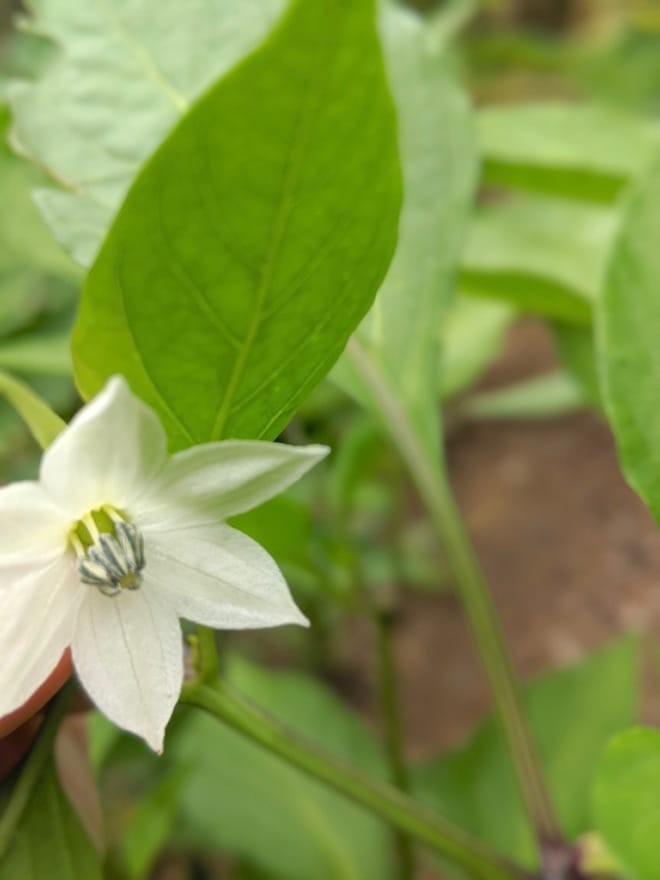
Even the blooms of the Banana Sweet Pepper are gorgeous in my garden.
One way to NOT alter this recipe
Keep in mind that this brine recipe calls for fine salt. Coarse salt is much different, size wise, so you would need to use a differing amount. I only use this salt, so I would recommend you do some research if you plan on using any other kind.
Stick with NON iodized salt. Iodized salt gives ferments a funky color and possibly a funky taste. More importantly, studies show that iodine may negatively affect the fermentation of foods.
One Way to Save Money!
Stock up on my favorite salt on the planet and save 15% with code SOULYRESTED. Go here to see all my favorite Redmond Real Salt products in my pantry.
More food preserving goodness:
How to can crisp dill pickles.
How to preserve strawberries by making 1-ingredient fruit roll ups
How to make pasta sauce with dehydrated tomato powder
“
When you have eaten your fill, be sure to praise the Lord your God for the good land he has given you.” Duet. 8:10
Pin this for later!
Click on the image below to pin this post.
Find out why SoulyRested was considered to be one of the One of the Top Homesteading Blogs.
Glance at my Resource Page if you’d like to get a glimpse of all the supplies I use and recommend for everything from gardening, to homeschooling, to chicken care, to nature journaling, to maple syrup making.
I’d love to connect!
To find me in some other neck of the woods, just click any (or every!) icon below:

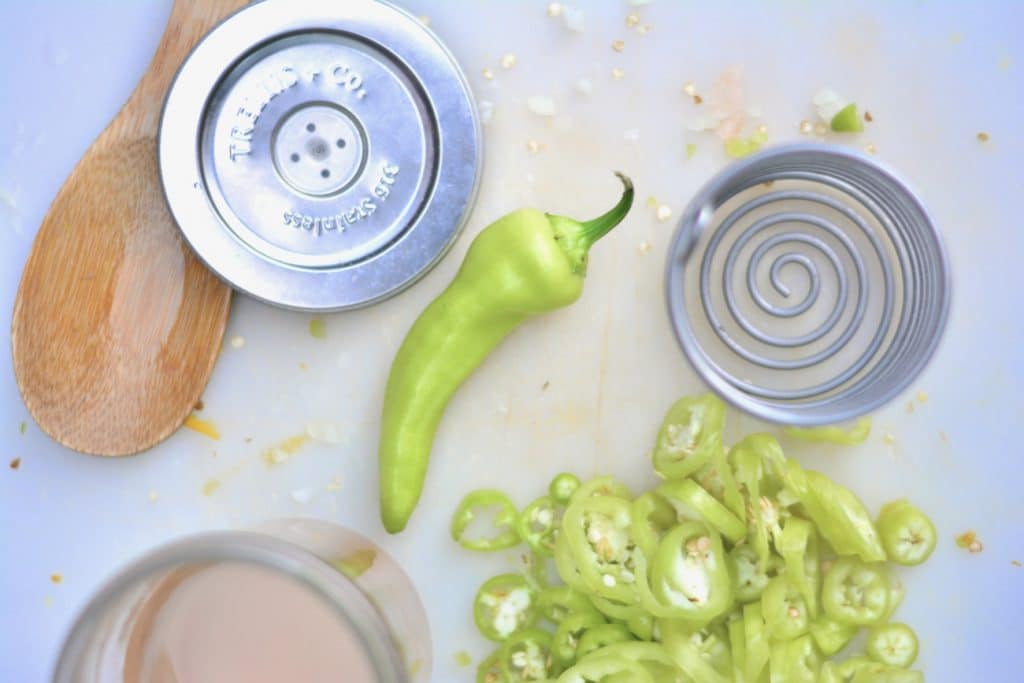

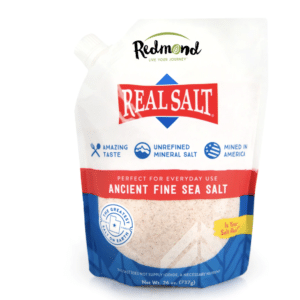
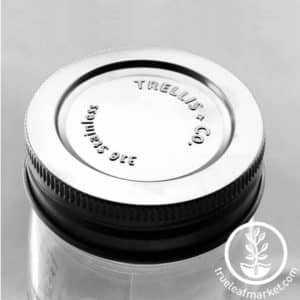
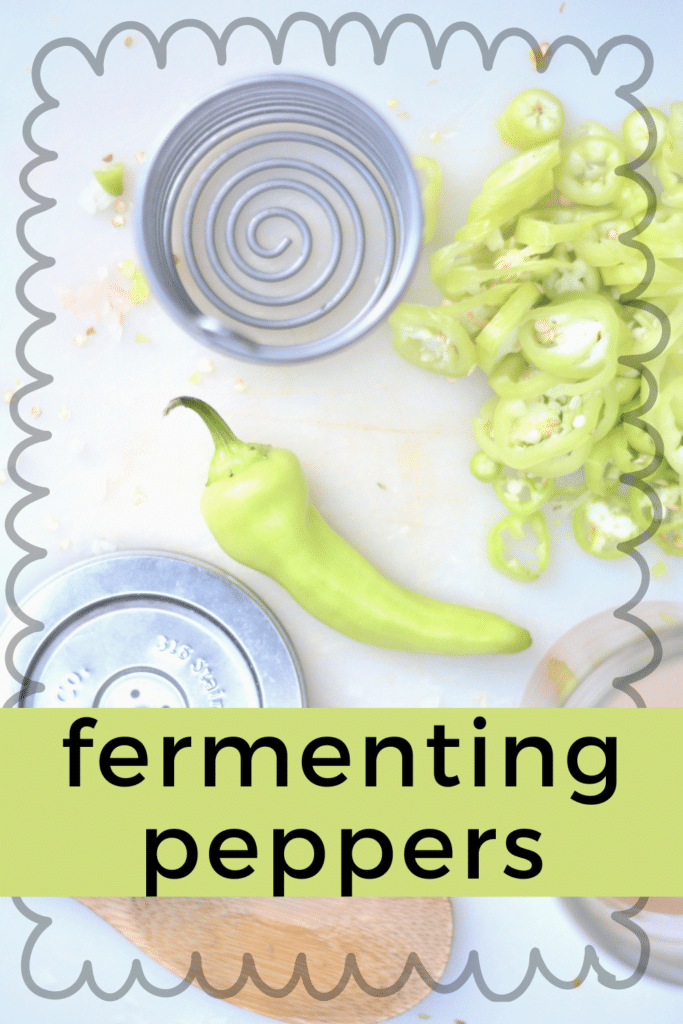





This looks very interesting to me. I was wondering if it might be like pepperoncini’s? My husband loves those and it would be super cool to be able to make them for him.
Hi- I like your fermented pepper blog but do have a suggestion. You don’t have to worry about the “fineness” of the salt if you rely on weight instead of volume (grams vs tablespoons). Weighing ingredients, including salt, makes a much more reproducible recipe.
yes! I’ve been doing it this way this summer, actually, and it’s so much better. I have an article I’ve started to write that explains this. 🙂
Shishito peppers are even quicker to come in than banana peppers. Try ’em and see~
I’ll have to look them up!
I’d really like to pickle them whole and not take off the tops, have you tried that?
No, never even thought of trying it that way!! I have dehydrated peppers whole and won’t do it again, they just took soooooo long.
Once the peppers are fermented, must they be refrigerated. I have a vacuum sealer for mason jars.
Yes and no. I will keep some fermented veggies in my root cellar for a year or longer, and they’re fine that way, but if I have fridge space, I prefer to store them there. And no vacuum sealer needed. Just a standard lid.